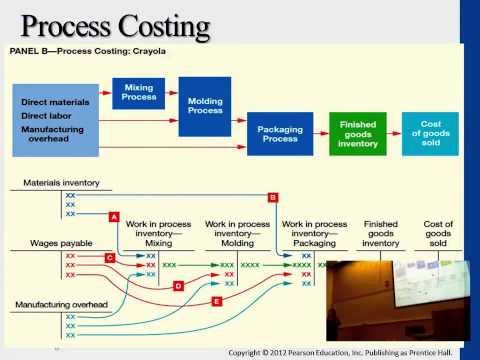Content

In addition, these are the costs due to the failure of a product to achieve the required quality standards. Preventive Cost– Preventive costs are the costs of activities that are specially designed to prevent poor quality of products or services. In other words, these efforts are for making sure that failures never happen in the first place. As Figure 3 shows, business processes with better process sigma will have significantly lower prevention and appraisal costs.
- Through an investment in the Cost of Good Quality , Alpha Company achieved a significant reduction in the Cost of Quality.
- It’s challenging to deliver high-quality solutions to customers while reducing overall CoQ and improving the bottom line.
- COQ provides a systematic way to identify, quantify, and improve the quality of products and services.
- Pareto Analysis – According to the Pareto rule, 80 percent of the problems result from 20 percent of the people.
- The purpose of this research is to analyze the variables that impact quality in a manufacturing environment.
The inspection functionality allows you to track the results of the quality reviews of both your received goods and your finished goods . MRPeasy allows you to plan production, manage inventory, and track the quality of both incoming and manufactured goods. Implementing the Cost of Quality method will allow you to find a measured balance between the price of your product and its quality. As a consumer, you probably know that when comparing two similar products, the more expensive one usually comes out as the winner in terms of quality and durability. This is also known as parameter design, which is a selection of a parameter level to make the process robust against environmental changes with the smallest variation. Cost of quality can also be classified as visible and invisible costs . This is an appraisal cost, as in this case, you are checking if the drawings have been made correctly.
Cost of Good Quality vs. Poor Quality
Many organizations have benefited from the implementation of a Cost of Quality Financial System – however the implementation of this type of system can be difficult. If the non-conformance had been detected in the process, it could have been sorted, scrapped or re-worked prior to shipment. It’s important to remember that the further along in the operating process that a failure is discovered the more expensive it is to correct. Prevention costs should be viewed as an investment in cost-avoidance. This perspective can also help you understand the difference between the actual cost of the product your producing & what the cost could be if Quality was perfect.
- Preventive Cost– Preventive costs are the costs of activities that are specially designed to prevent poor quality of products or services.
- They may also be used to limit the number of times you see an advertisement and measure the effectiveness of advertising campaigns.
- Suggests that the Cost of Quality ranges somewhere between 15 – 20% of sales, and can be as high as 40% in some organizations.
- Feigenbaum’s categorization allows the organization to verify this for itself.
- Therefore, measuring it is necessary as it helps the business maintain a healthy and positive bottom line.
- The best approach an organization can follow in these situations is to ensure that defective products do not reach the customer.
In other words, these are the costs when a product or service fails to meet the required quality standards and is detected after it reaches the customer. Internal failure – Internal failure costs result from the finding of defects prior to delivery of the product or service to the customers.
How to Set up a Truly Successful Software Development Partnership
Some examples of typical sources of https://online-accounting.net/ are listed below. Taken together, the four main costs of quality add up to make up the total cost of quality. Contract Manufacturing Provide high-quality products and real-time production visibility to your clients.





